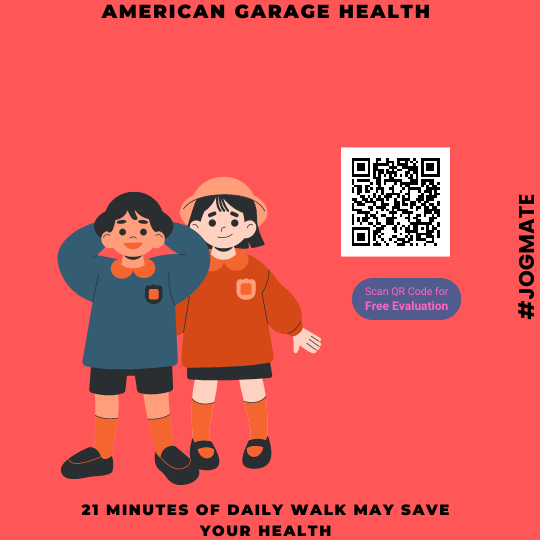Greenhawt pointed out that the lack of an approved medicine for peanut allergy in children under the age of four indicates a large unmet need.

A skin patch helped young children with peanut allergies, says new study. The phase III randomised EPITOPE research found that epicutaneous immunotherapy delivered through a patch applied to the skin (VP250) produced better outcomes than a placebo for peanut allergies in toddlers.
During the annual meeting of the American Academy of Allergy, Asthma & Immunology, Matthew Greenhawt, MD, reported that at 12 months, 67% of children aged 1 to 3 years fulfilled responder criteria as opposed to 33.5% of those on placebo (P0.001). No of their initial eliciting dose (ED), significantly more patients in the treatment group went on to reach an ED of 1,000 mg or a total reactive dose of 3,444 mg at 12 months.
Moreover, the VP250 group’s maximum symptom severity distribution was moved towards being less severe. The stats were shown as 12.5% of patients suffering severe symptoms at 12 months. This was as opposed to 28.6% of placebo patients (P 0.001).
This is the first research of peanut desensitisation in children under the age of four using a non-oral immunotherapy method. VP250 might be a therapy option for young children who have a peanut allergy.
Indepth study into peanut allergy in children
There is a lack of an approved medication for children under the age of four for peanut allergy. This shows that there is a significant unmet need.
The early oral introduction of peanuts to children has been demonstrated to lower the likelihood of peanut allergy development. This indicate immunomodulation may have a particularly positive effect on the immune system in infancy.
No matter which of the predetermined sensitivity analyses was carried out, VP250 demonstrated statistically significant advantages. This came with a range of 65% to 79% of children attaining the primary endpoint.
Despite being participants in a clinical trial, these people were actually allergic to peanuts. Thus, the patch would be effective in a setting other than a trial.
Cutaneous therapy is known to have a lower risk of side effects than oral and sublingual medications. Thus, this delivery system can be a possibility to give patients another treatment option.
The team randomised 362 children aged 1 to 3 years with peanut allergies to receive VP250 or placebo patches daily. This was done for a year across 51 sites in this multinational double-blind research.
The initial dose of the patches was applied to the participants’ backs at the clinic. However, subsequent doses were applied at home.
Greenhawt found that both arms had great compliance, with 97% of the dosages being administered. The average participant age was 2.5 years, and 68–71% of the participants were male. Participants had asthma (16–23%), eczema or atopic dermatitis (80–81%), allergic rhinitis (20%). Additionally, thay had other food allergies (66–69%) in addition to their known peanut allergy.
Outcome
The percentage of responders between patients in the VP250 and placebo groups who could tolerate was the primary efficacy goal.
if the baseline ED was greater than 10 mg, 1,000 mg; else, 300 mg.
The safety profile of VP250 matched those of earlier research. Mild to moderate skin responses made up the majority of treatment-related adverse events in both groups. Only 1.6% of patients receiving the drug reported anaphylaxis related to it. Furthermore, 2.9% stopped receiving it due to side effects.